Back to Courses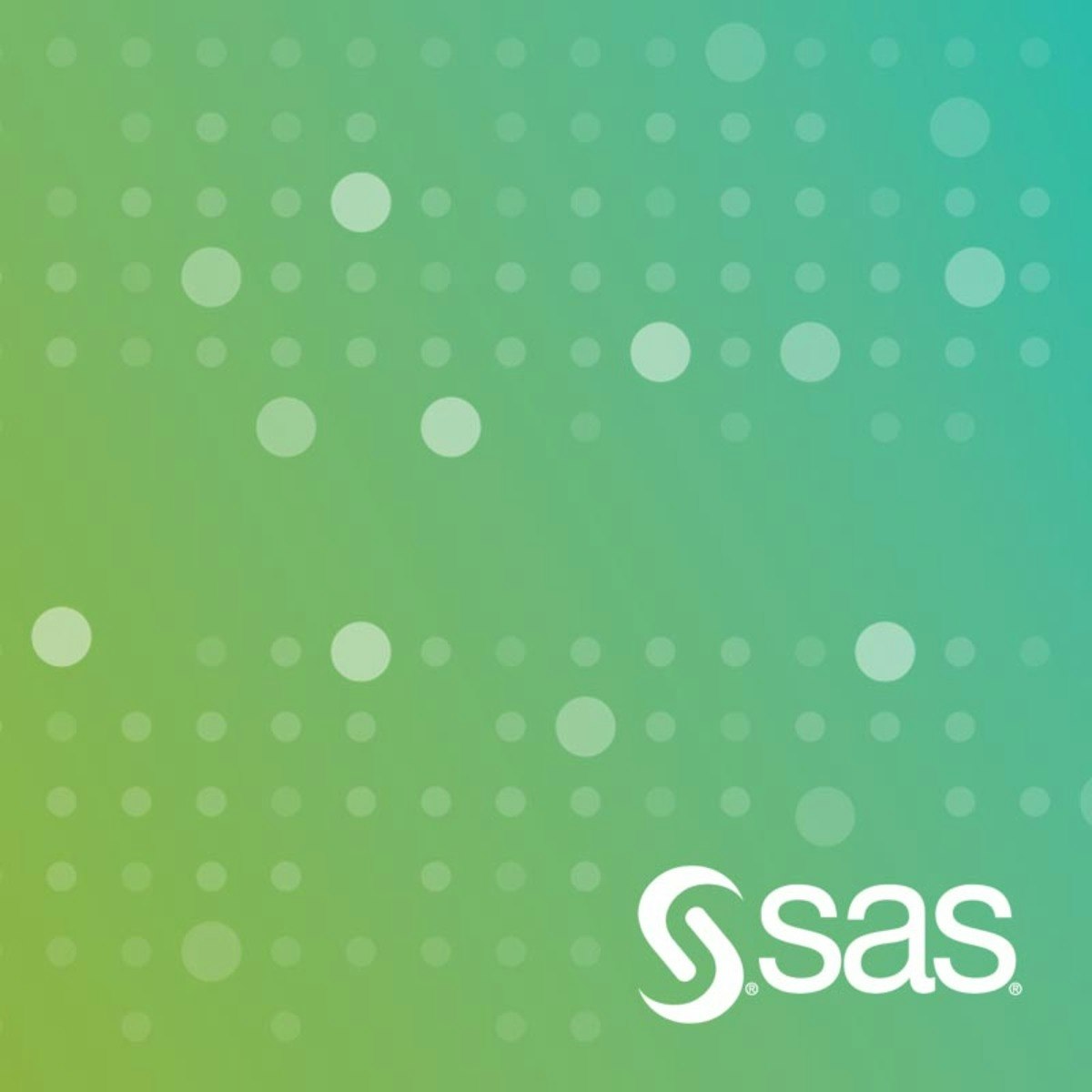


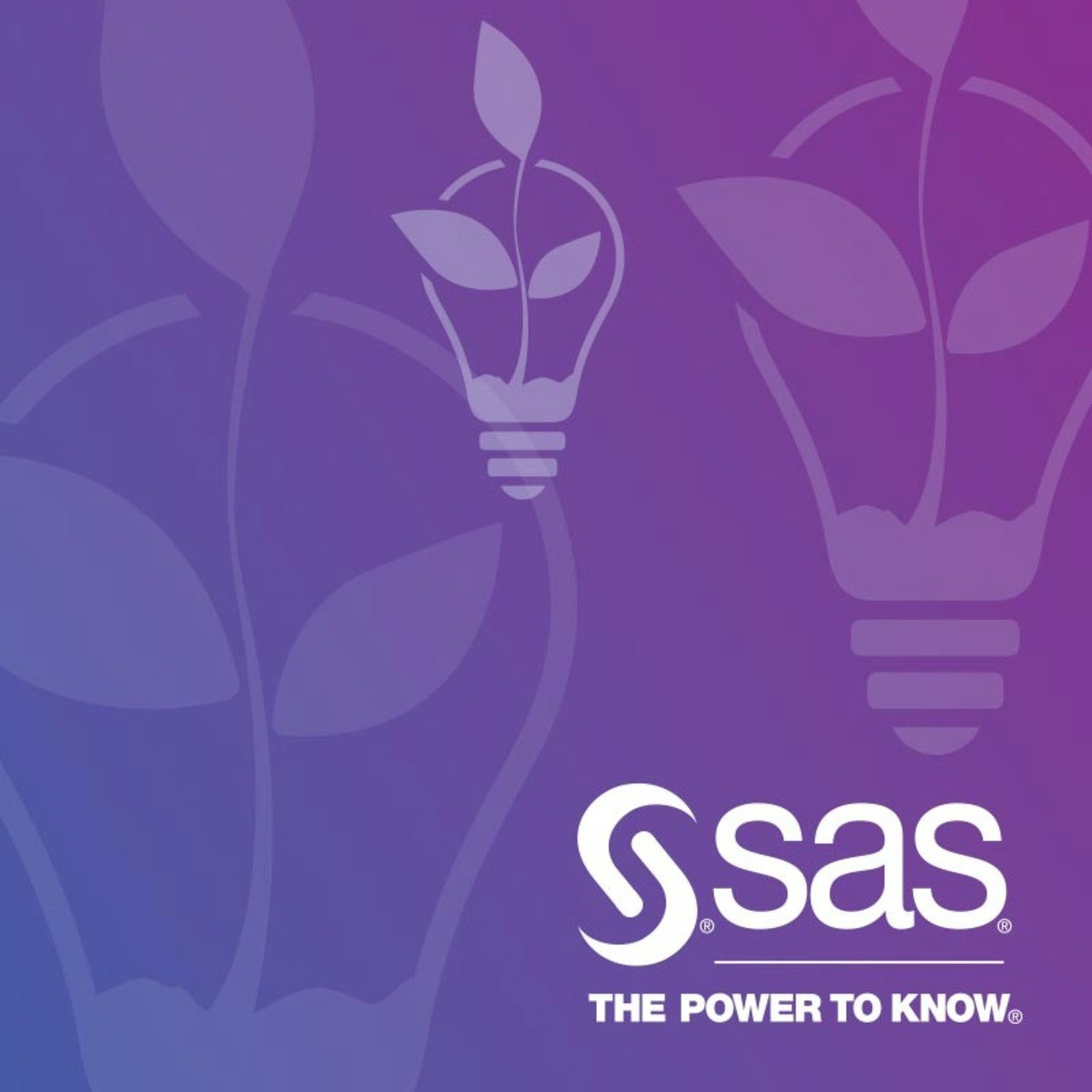

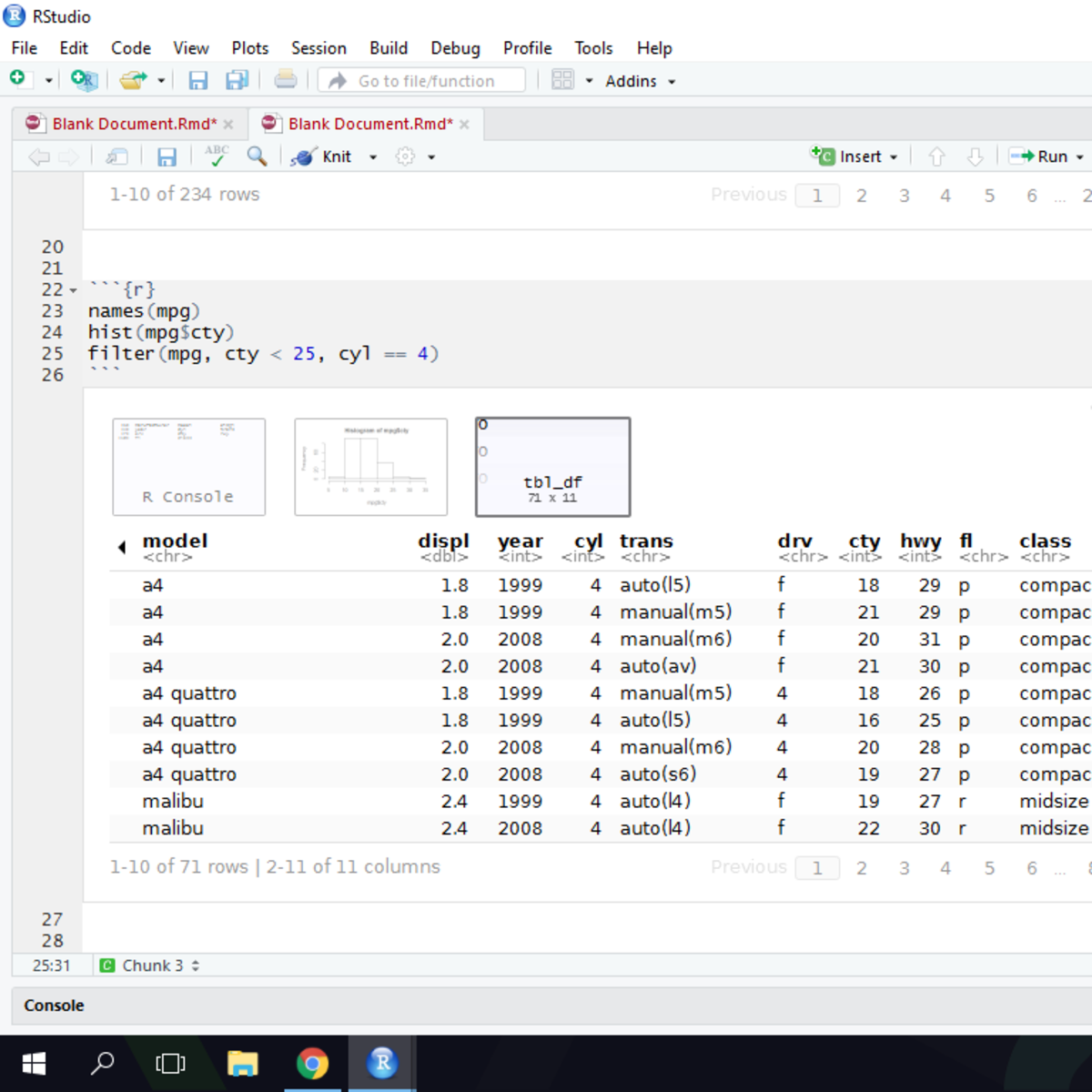
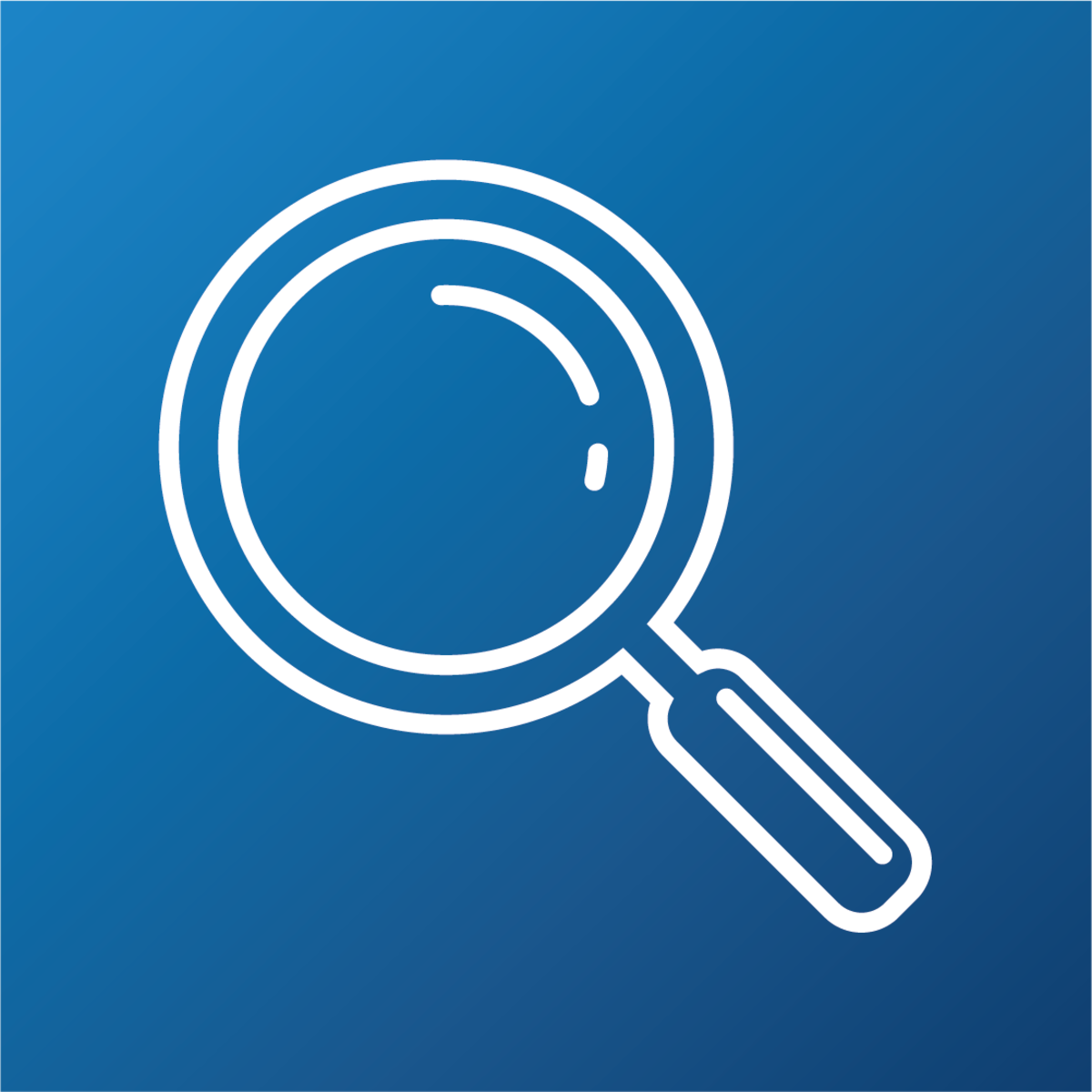
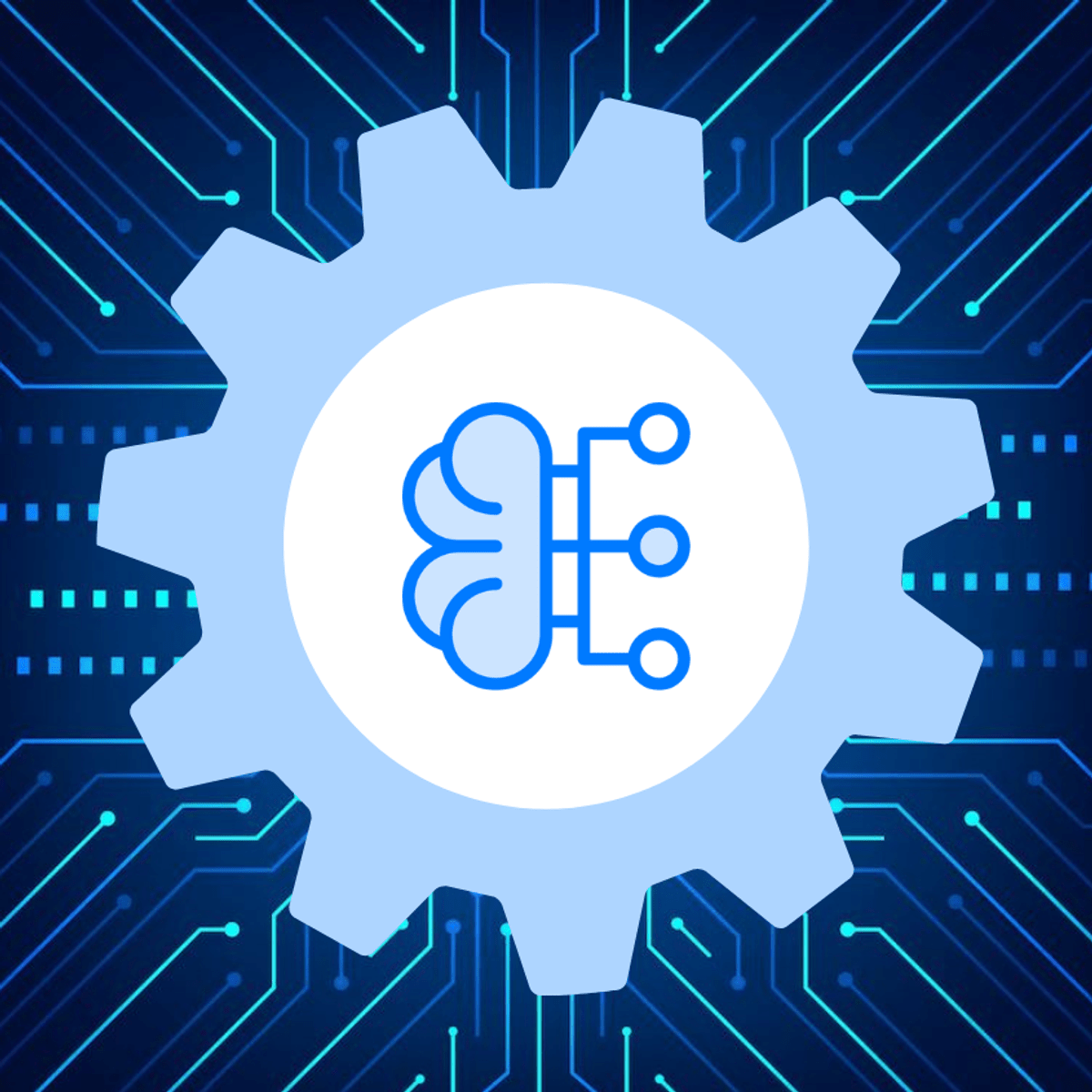

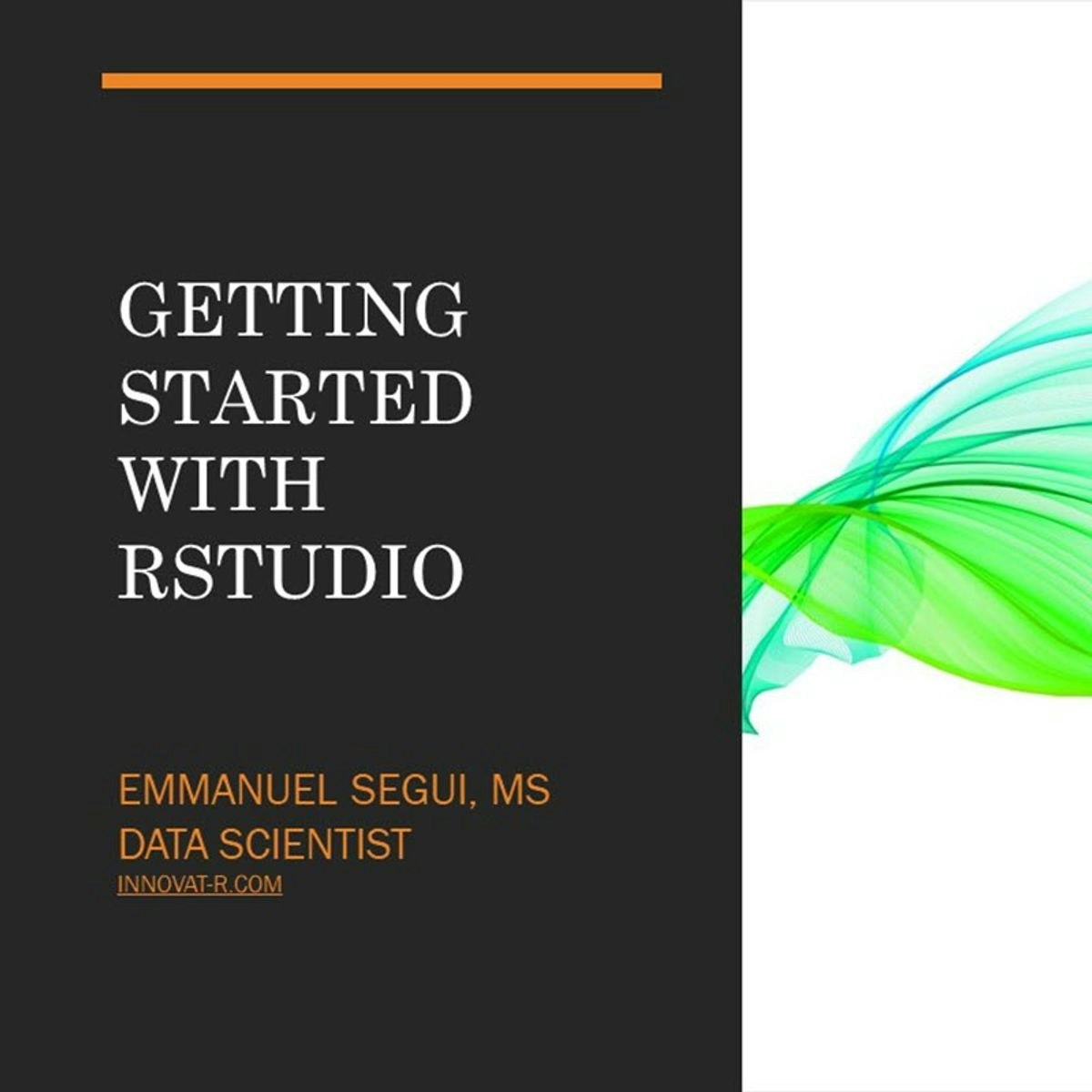
Data Science Courses - Page 30
Showing results 291-300 of 1407
Creating Advanced Reports with SAS Visual Analytics
In this course, you learn how to create advanced data items, filters, and parameters in SAS Visual Analytics.

Assessment for Data Analysis and Visualization Foundations
This is the final course in the Data Analysis and Visualization Foundations Specialization. It contains a graded final examination covering content from three courses: Introduction to Data Analytics, Excel Basics for Data Analysis, and Data Visualization and Dashboards with Excel and Cognos.
From the Introduction to Data Analytics course, you will be assessed on your knowledge of topics such as the data ecosystem and the fundamentals of data analysis, including data gathering and data mining tools. From the Excel Basics for Data Analysis course, you should be prepared to answer test items on topics like how Excel spreadsheets are used in data analytics, cleansing and wrangling data, as well as pivot tables. Finally, from the Data Visualization and Dashboards with Excel and Cognos course, you will demonstrate your knowledge on topics such as the basics of IBM Cognos and using Excel for data visualization.

Data Processing Using Python
This course (The English copy of "用Python玩转数据" <https://www.coursera.org/learn/hipython/home/welcome>) is mainly for non-computer majors. It starts with the basic syntax of Python, to how to acquire data in Python locally and from network, to how to present data, then to how to conduct basic and advanced statistic analysis and visualization of data, and finally to how to design a simple GUI to present and process data, advancing level by level.
This course, as a whole, based on Finance data and through the establishment of popular cases one after another, enables learners to more vividly feel the simplicity, elegance, and robustness of Python. Also, it discusses the fast, convenient and efficient data processing capacity of Python in humanities and social sciences fields like literature, sociology and journalism and science and engineering fields like mathematics and biology, in addition to business fields. Similarly, it may also be flexibly applied into other fields.
The course has been updated. Updates in the new version are :
1) the whole course has moved from Python 2.x to Python 3.x
2) Added manual webpage fetching and parsing. Web API is also added.
3) Improve the content order and enrich details of some content especially for some practice projects.
Note: videos are in Chinese (Simplified) with English subtitles. All other materials are in English.
Practical SAS Programming and Certification Review
In this course you have the opportunity to use the skills you acquired in the two SAS programming courses to solve realistic problems. This course is also designed to give you a thorough review of SAS programming concepts so you are prepared to take the SAS Certified Specialist: Base Programming Using SAS 9.4 Exam.

Master Data Analysis with Pandas: Learning Path 1 (Enhanced)
In this hands-on guided project, we will master the fundamentals of data analysis and manipulation with Pandas and Python. Pandas is a super powerful, fast, flexible and easy to use open-source data analysis and manipulation tool. This guided project is the first of a series of multiple guided projects (learning path) that is designed for anyone who wants to master data analysis with pandas.

Build Data Analysis tools using R and DPLYR
In this 2-hour long project-based course, you will learn one of the most powerful data analysis tools of the experts: the DPLYR package. By learning the six main verbs of the package (filter, select, group by, summarize, mutate, and arrange), you will have the knowledge and tools to complete your next data analysis project or data transformation.
By the end of this project, you will be able to:
Use the six main dplyr verbs
Understand the dplyr package and its capabilities
Get hands-on practice using R and dplyr functions
This course runs on Coursera's hands-on project platform called Rhyme. On Rhyme, you do projects in a hands-on manner in your browser. You will get instant access to pre-configured cloud desktops containing all of the software and data you need for the project. Everything is already set up directly in your internet browser so you can just focus on learning. For this project, this means instant access to a cloud desktop with R and the appropriate packages installed.
Notes:
- You will be able to access the cloud desktop 5 times. However, you will be able to access instructions videos as many times as you want.
- This course works best for learners who are based in the North America region. We’re currently working on providing the same experience in other regions.

Measuring Disease in Epidemiology
Epidemiological research is ubiquitous. Even if you don’t realise it, you come across epidemiological studies and the impact of their findings every single day. You have probably heard that obesity is increasing in high income countries or that malaria is killing millions of people in low income countries. It is common knowledge that smoking causes cancer and that physical activity is protective against heart disease. These facts may seem obvious today, but it took decades of epidemiological research to produce the necessary evidence. In this course, you will learn the fundamental tools of epidemiology which are essential to conduct such studies, starting with the measures used to describe the frequency of a disease or health-related condition. You will also learn how to quantify the strength of an association and discuss the distinction between association and causation. In the second half of the course, you will use this knowledge to describe different strategies for prevention, identify strengths and weaknesses of diagnostic tests and consider when a screening programme is appropriate.

Deploy Machine Learning Models in Azure
Did you know that there is more than one way you can deploy models in Azure?
This Guided Project “Deploy machine learning models in Azure” is for everybody working with ml models in Azure . In this 1-hour long project-based course, you will learn how to deploy machine learning models from Portal in Azure, deploy machine learning models in Azure from Python script and deploy machine learning models using Azure CLI.
To achieve this, we will use one example data, train a machine learning model, prepare all the files needed for deployment and deploy it! There a couple of ways of deployment in Azure, so you can pick your most convenient and favourite one. In order to be successful in this project, you will need knowledge of Python language and experience with machine learning in Python. Also, Azure subscription is required (free trial is an option for those who don’t have it), as well as Azure Machine Learning resource and a compute instance within. Instructional links will be provided to guide you through creation, if needed.
Let's get started!

Regression and Classification
Introduction to Statistical Learning will explore concepts in statistical modeling, such as when to use certain models, how to tune those models, and if other options will provide certain trade-offs. We will cover Regression, Classification, Trees, Resampling, Unsupervised techniques, and much more!
This course can be taken for academic credit as part of CU Boulder’s Master of Science in Data Science (MS-DS) degree offered on the Coursera platform. The MS-DS is an interdisciplinary degree that brings together faculty from CU Boulder’s departments of Applied Mathematics, Computer Science, Information Science, and others. With performance-based admissions and no application process, the MS-DS is ideal for individuals with a broad range of undergraduate education and/or professional experience in computer science, information science, mathematics, and statistics. Learn more about the MS-DS program at https://www.coursera.org/degrees/master-of-science-data-science-boulder.
Photo by Nicholas Cappello on Unsplash

Getting Started with Rstudio
In this 1-hour long project-based course, you will learn everything you need to know to get started with RStudio IDE, including how to install RStudio onto your Windows, MAC or Linux machine, how to use RStudio Cloud, a lightweight, cloud-based version of RStudio, how to start creating R projects, install and load R packages, as well as display interactive maps, graphs and tables with 1 line of code.
This course is perfect if you want to start learning R programming with RStudio: the Premiere IDE for R
Note: This course works best for learners who are based in the North America region. We’re currently working on providing the same experience in other regions.
Popular Internships and Jobs by Categories
Find Jobs & Internships
Browse
© 2024 BoostGrad | All rights reserved